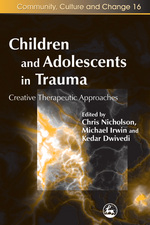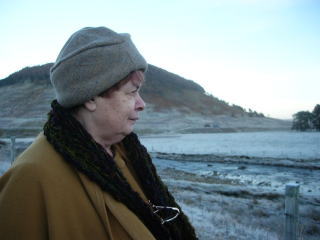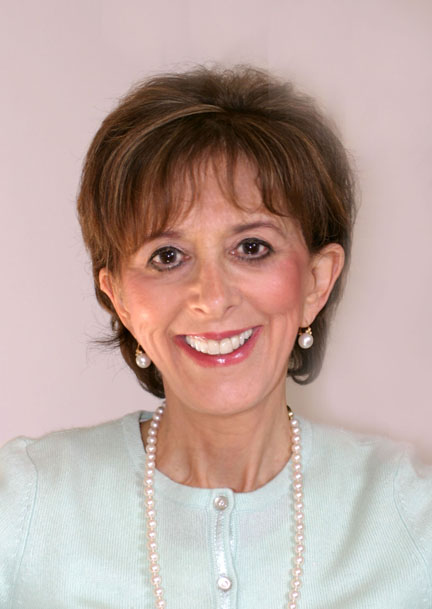Danuta Lipinska on person-centred counselling for people with dementia
“They considered it helpful in their quest to ‘make sense of Self’ within the context of their lives as affected by living with dementia. Making sense of Self and the world around us is an endeavour we all undertake in our own unique ways, Sometimes people will seek out the impartial, empathic listening of a professional counsellor to support them in this quest.”







